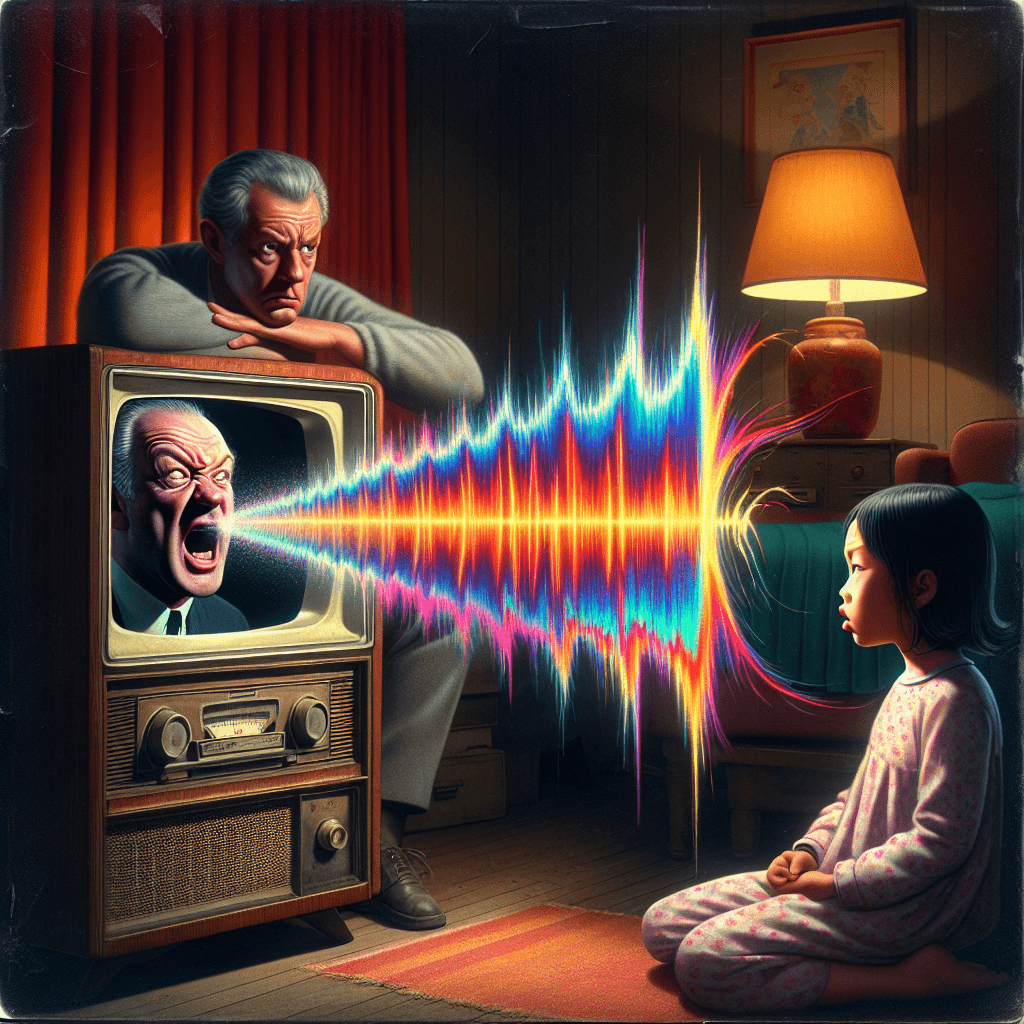Why does crying often give you a runny nose
Ever wonder why a good cry always requires tissues for your nose, not just your eyes? It's not a coincidence; it's a fascinating quirk of your facial anatomy.


Too Long; Didn't Read
TLDR: Your eyes and nose are connected by tear ducts. When you cry, excess tears drain through these ducts into your nose, causing it to run.
Blog Post Title: The Teary Truth: Why Does Crying Often Give You a Runny Nose?
It’s a universal experience. Whether you’re watching the heart-wrenching finale of a beloved series, saying a tough goodbye, or simply having a good, cathartic cry, the tears are almost always followed by a familiar companion: the sniffles. You reach for a tissue not just for your eyes, but for your nose, too. But have you ever stopped to wonder why this happens? This isn't just a strange coincidence; it's a fascinating and perfectly designed feature of our anatomy. This post will unravel the science behind the sob story, exploring the direct and clever connection between your eyes and your nose that explains exactly why crying often gives you a runny nose.
Your Body's Clever Plumbing: The Lacrimal System
The answer to this soggy mystery lies within a sophisticated network called the lacrimal system. Think of it as your body's built-in irrigation and drainage system for your eyes. Its primary job is to produce tears and drain them away, keeping your eyes clean, protected, and lubricated.
The main players in this system are the lacrimal glands, located just above each eyeball. These are the "tear factories," constantly producing a baseline level of tears (called basal tears) to keep your eyes moist. When you experience a strong emotion or a physical irritant like onion fumes, these glands kick into overdrive, producing a flood of emotional or reflex tears.
The Great Tear Escape: A Journey from Eye to Nose
So, where do all those extra tears go? While some dramatically spill over your eyelids and run down your cheeks, many are managed by a hidden drainage system. Here’s how it works:
- Collection: In the inner corner of each eye, there are two tiny openings called puncta. You can actually see them if you look very closely in a mirror. These are the drains.
- Drainage: The puncta lead into small tubes that channel the tears into the nasolacrimal duct, also known as the tear duct.
- Destination: This tear duct runs down through the bone of your face and empties directly into your nasal cavity.
Under normal circumstances, this process happens unnoticed all day long, draining away basal tears to keep your eyes comfortable. However, when you cry, the sheer volume of tears overwhelms the system. The puncta work overtime to drain the excess fluid, channeling a torrent of tears straight into your nose. This sudden influx of fluid is what we perceive as a runny nose.
So, Is It Tears or Snot?
This is a common point of confusion. The liquid dripping from your nose during a crying session is not the same thick mucus you get with a cold. It is, for the most part, tears. This tear-fluid mixes with the small amount of mucus that normally lines your nasal passages, resulting in a clear, watery discharge. This is why a "crying" runny nose feels much thinner and more watery than a "sick" runny nose.
Interestingly, research from institutions like the Weizmann Institute of Science has shown that emotional tears have a different chemical composition than basal or reflex tears, containing more protein-based hormones. While these tears are flowing down your face, they are also flooding your nasal cavity, leading to that tell-tale sniffle. It’s a direct and efficient—if a bit messy—demonstration of your body’s interconnected systems.
The Final Sniffle
The next time you find yourself reaching for a tissue after a good cry, you can appreciate the elegant biology at play. That runny nose isn't a separate symptom of your sadness but a direct result of your body's tear-drainage system doing its job. The connection between your lacrimal glands and your nasal cavity is a perfect example of the body's efficient, if sometimes peculiar, design. It’s a simple reminder that even in our most emotional moments, there's an incredible amount of science happening just behind the scenes—or, in this case, just behind your nose.


